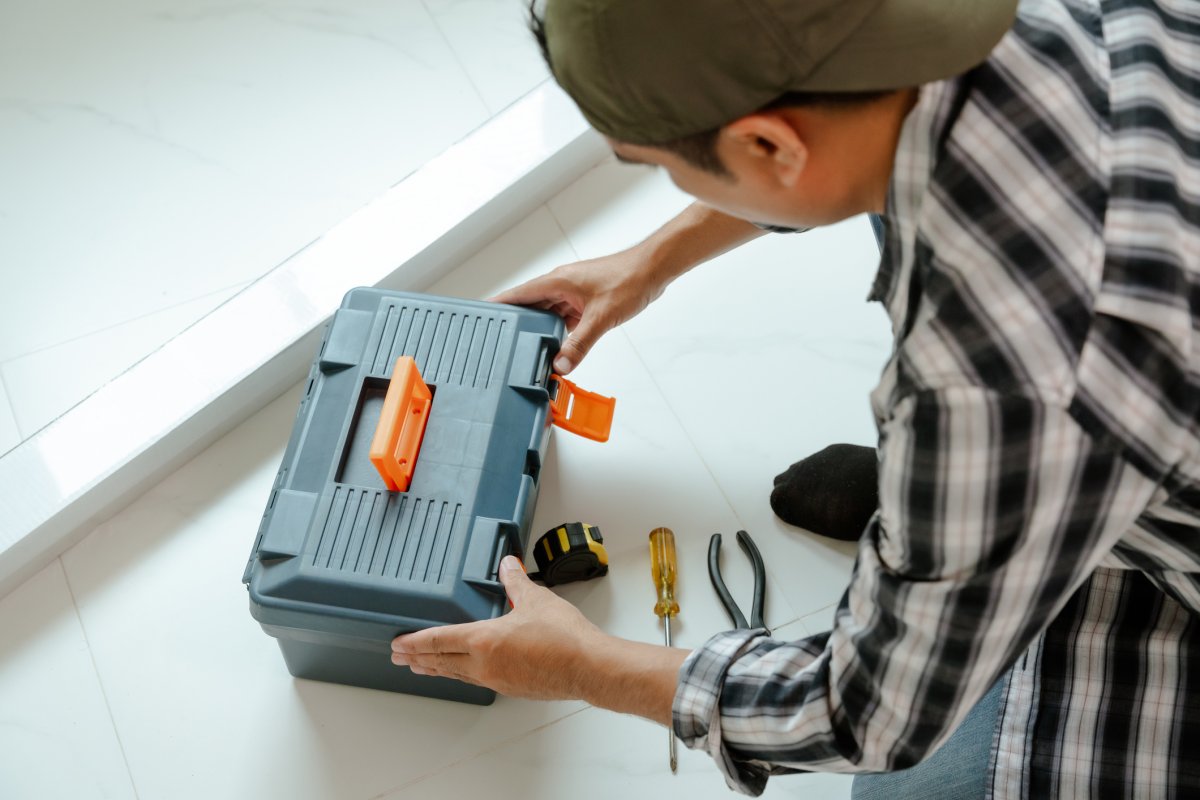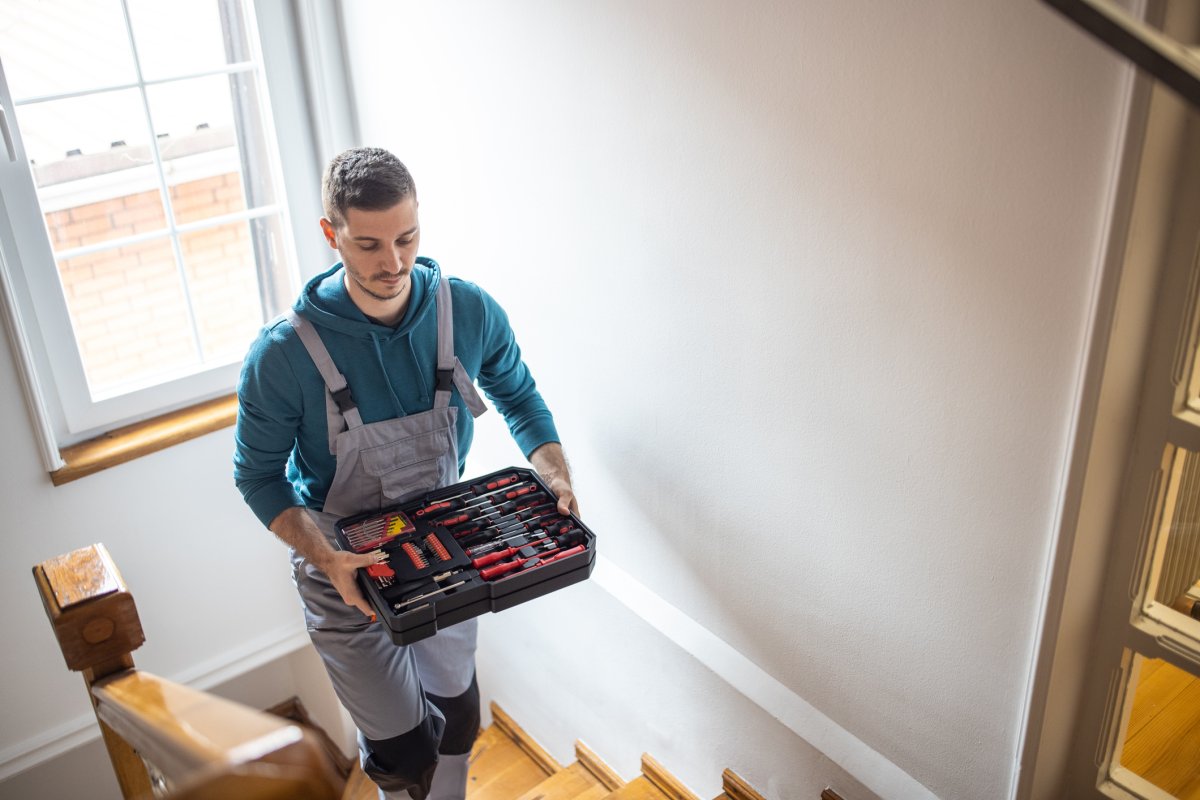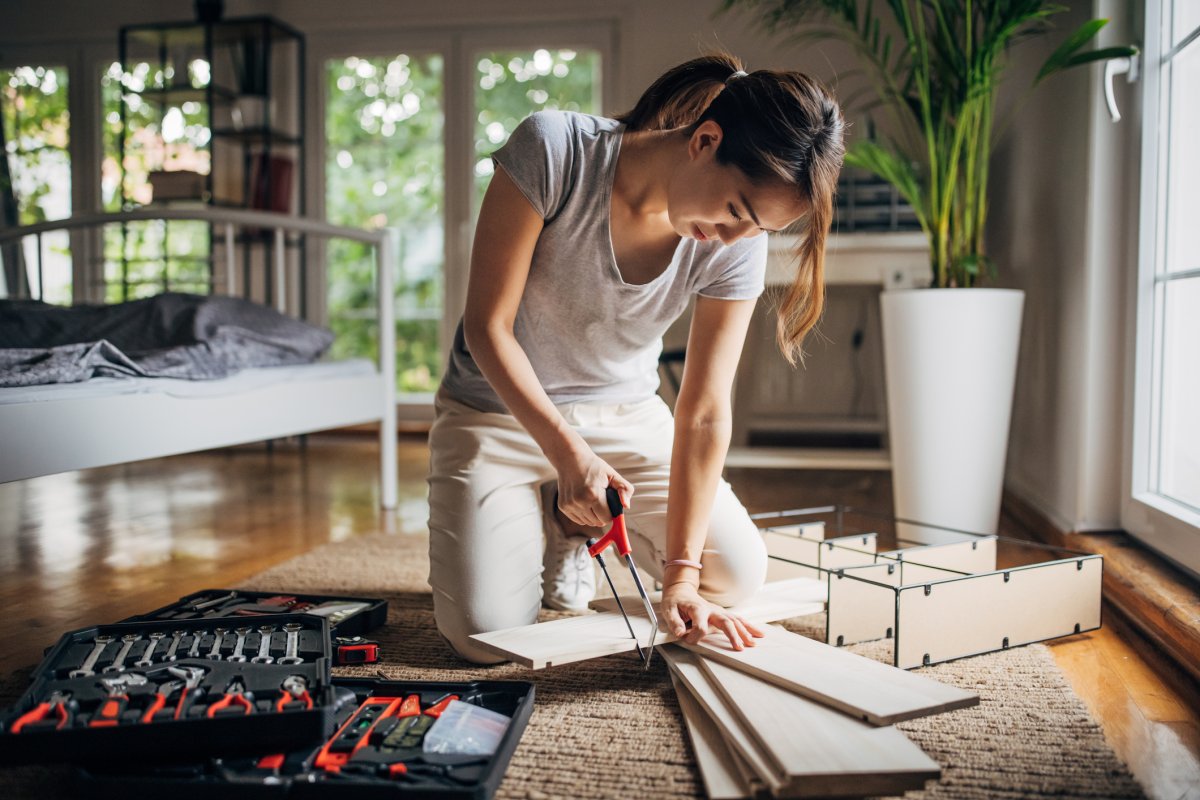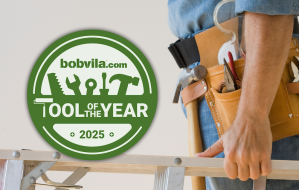

We may earn revenue from the products available on this page and participate in affiliate programs. Learn More ›
A well-stocked tool box with the best tools is an essential investment for any homeowner to help when tackling minor repairs and maintenance tasks that inevitably arise from time to time. Tightening loose cabinet handles and fixing squeaky hinges to hanging pictures, assembling furniture, or addressing plumbing issues like a leaky faucet all require having the right tools readily available. A well-stocked tool box can save both time and money while helping you prevent minor problems from escalating into costly repairs.
To make the most of your tools, store a tool box in a convenient location (or several) in your house. As it turns out, keeping a tool box on each floor is the best option. “After managing home repair services for years and watching our technicians respond to thousands of emergency calls, I can tell you that having tool boxes on each floor isn’t just convenient—it’s a game changer for safety and efficiency,” says Dan Walsh, vice president and general manager at AAA Home Services in O’Fallon, Missouri.
Here are five reasons why this is a smart move, according to experts in the field.
1. Save time during emergencies.
When you’re faced with an emergency repair, the last thing you want to do is run around your house searching for the right tool. Save time and minimize stress by having a tool kit nearby, no matter the issue. “Response time during emergencies drops dramatically when tools are already where you need them,” says Walsh.
“I’ve seen too many water damage situations where homeowners lost precious minutes running to the basement for a wrench while their kitchen flooded. When a pipe bursts or electrical issue strikes, those first few minutes determine whether you’re looking at a $200 repair or $2,000 in damage,” Walsh says. Having a ready tool box with all the essentials can help prevent these expenses.

2. Reduce the chance of accidents.
Another important reason to stash a tool box on each level of your house is to reduce the chance of accidents that could result from lugging heavy tool boxes up and down stairs and instead stocking a portable tool box on each floor. Injury prevention becomes huge when you eliminate heavy lifting on stairs during crisis moments, says Walsh.
“A fully loaded tool box weighs 40 to 50 pounds—that’s a recipe for falls when you’re already dealing with an urgent problem,” explains Walsh. “Our technicians report that homeowner injuries most often happen when people rush up and down stairs carrying tools during stressful repair situations.” In addition, the convenience of a rolling tool box disappears if you need lots of tools upstairs.
3. Make cleanup easier.
Keeping a tool box on each floor also makes it easier to clean up when the job is done. If you are fixing a leaky faucet in your bathroom but your tool box is all the way out in the garage, you might be more apt to forget to put the tools or the kit back in their place. “Most people don’t put tools back where they belong because that’s too far away,” explains Jakhongir Tairov, plumbing account manager at Home Alliance. “With a tool box on every floor, cleanup is quick.”

4. Stay better organized.
Having more than one tool box in the house can also help you stay organized and ensure that when you need a certain tool, it will be handy, since different floors can require different types of jobs and supplies. “Upstairs projects might need small screwdrivers, patching tools, and picture-hanging gear while tasks in the basement may require heavy-duty wrenches, hammers, and tape measures,” says Tairov. “By keeping each tool box stocked for its specific zone in an organized way, you stop mixing everything together into one chaotic bin you dread opening.”
5. Reduce procrastination on tackling repairs.
Finally, organizing and keeping the right tools nearby makes your work easier and helps prevent you from procrastinating. Momentum is everything in DIY, says Tairov. “Every extra trip for a missing tool is a chance to get distracted and abandon the job halfway, but by keeping tools nearby, you’ll find yourself actually tightening the last screw instead of staring at an unfinished shelf for months.”
According to Walsh, project completion rates improve because you’re not constantly breaking momentum to retrieve forgotten tools. “One of our customers told me his weekend projects used to take twice as long because he’d start upstairs work, realize he needed something from the garage, lose motivation during the trip, and abandon the task. Now with tools and supplies on each floor, he actually finishes what he starts.”
